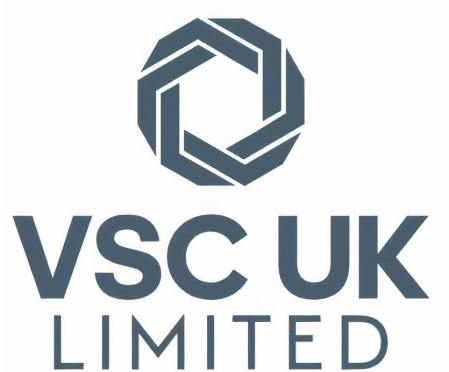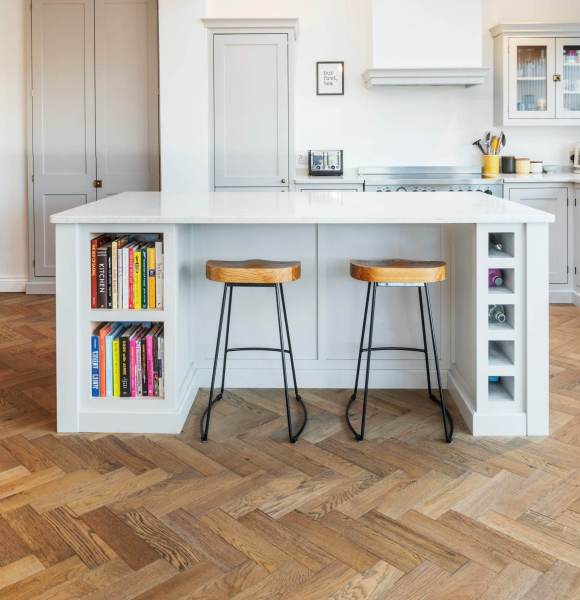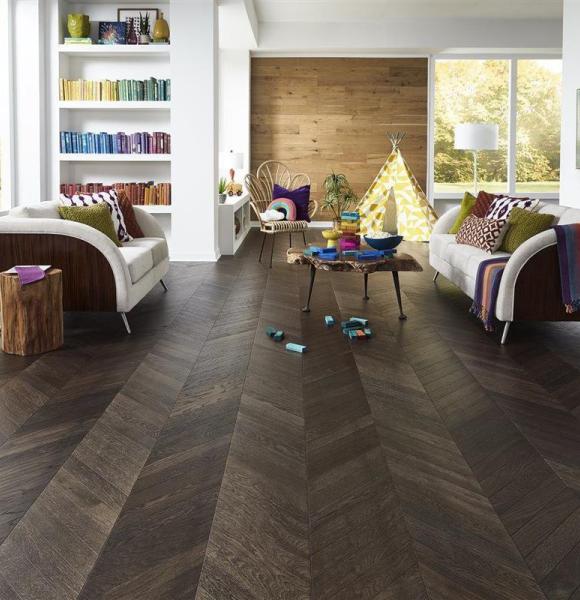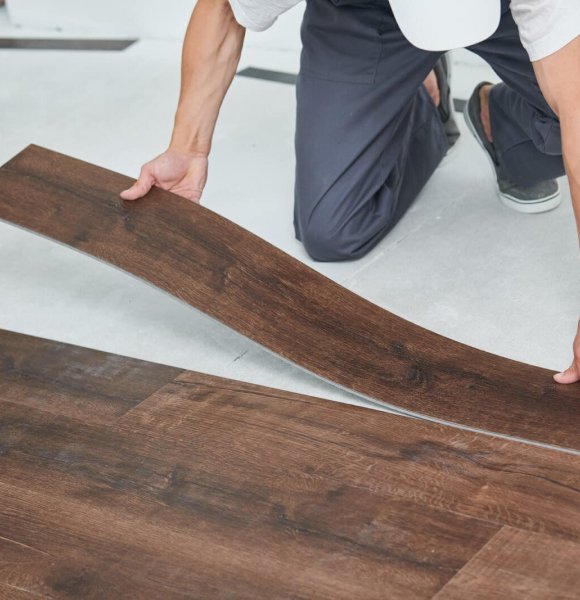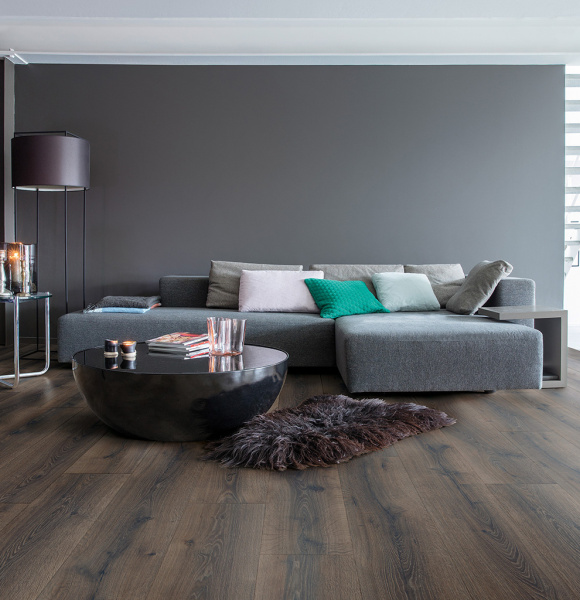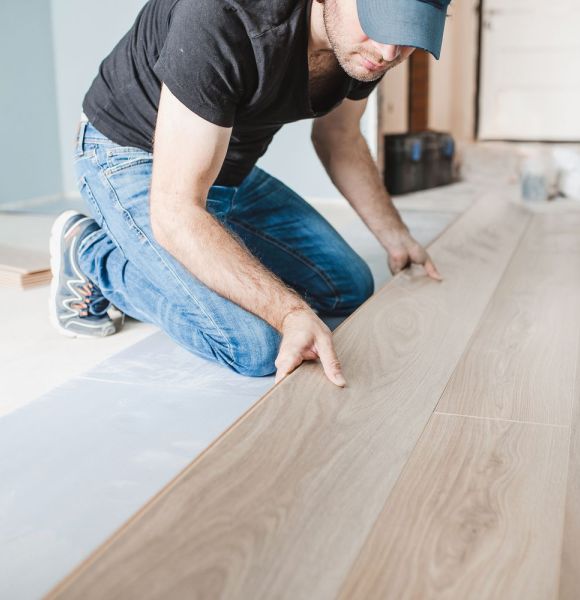Floors of a building are as important as the foundation of a building. They have to bear the forces of our everyday activities and at the same time provide an aesthetic appearance to the interior of a building. It is therefore important to choose the right flooring that is versatile and suits our building the best.
There are various types of flooring materials used in building construction and their selection depends on applications, aesthetics and choice of user. A floor in building construction is a leveled surface which can support the objects, occupants etc. Different flooring types are there based on different factors. The flooring material is chosen as per requirement of the user and based on applications which provides the most satisfying results for objective, either it may be economically or durability wise.
The most common types of flooring used in commercial buildings are:
-Vinyl : Easy to maintain, and unlike tile floors, there is no grouting involved. This means that it is good in terms of maintaining hygiene levels, making it a popular choice for hospitals, care homes, and so on. Due to vinyl’s hard wearing quality, it can withstand large amounts of foot traffic, making it suitable for a wide range of commercial environments.
-Safety flooring: This is a form of flexible, heavy duty, high grade vinyl or rubber flooring with slip resistant grains included. Essential for many industries to create a safe working environment. This flooring is easy to maintain and keep clean. As the most common cause of workplace injuries are slips, trips and falls, this flooring’s slip resistant quality makes it suitable for many workplace environments.
-Commercial carpets and carpet tiling: These are popular for many businesses due to the aesthetic quality that can be achieved. Carpet tiles are common in offices because instead of laying down a large role of carpet, the individual tiles can be laid down and removed as required, giving flexibility, access to raised floors and saving on wastage.
